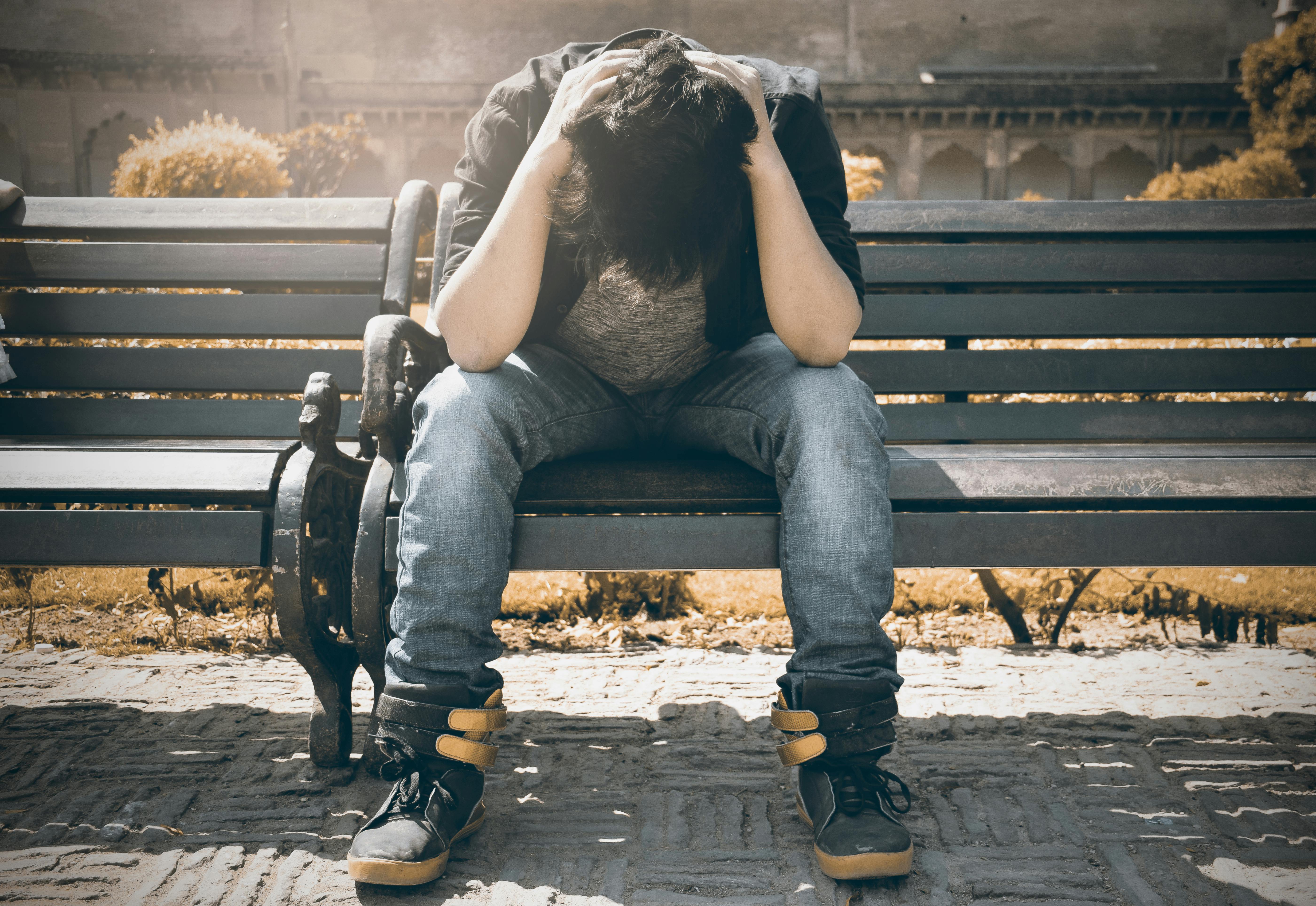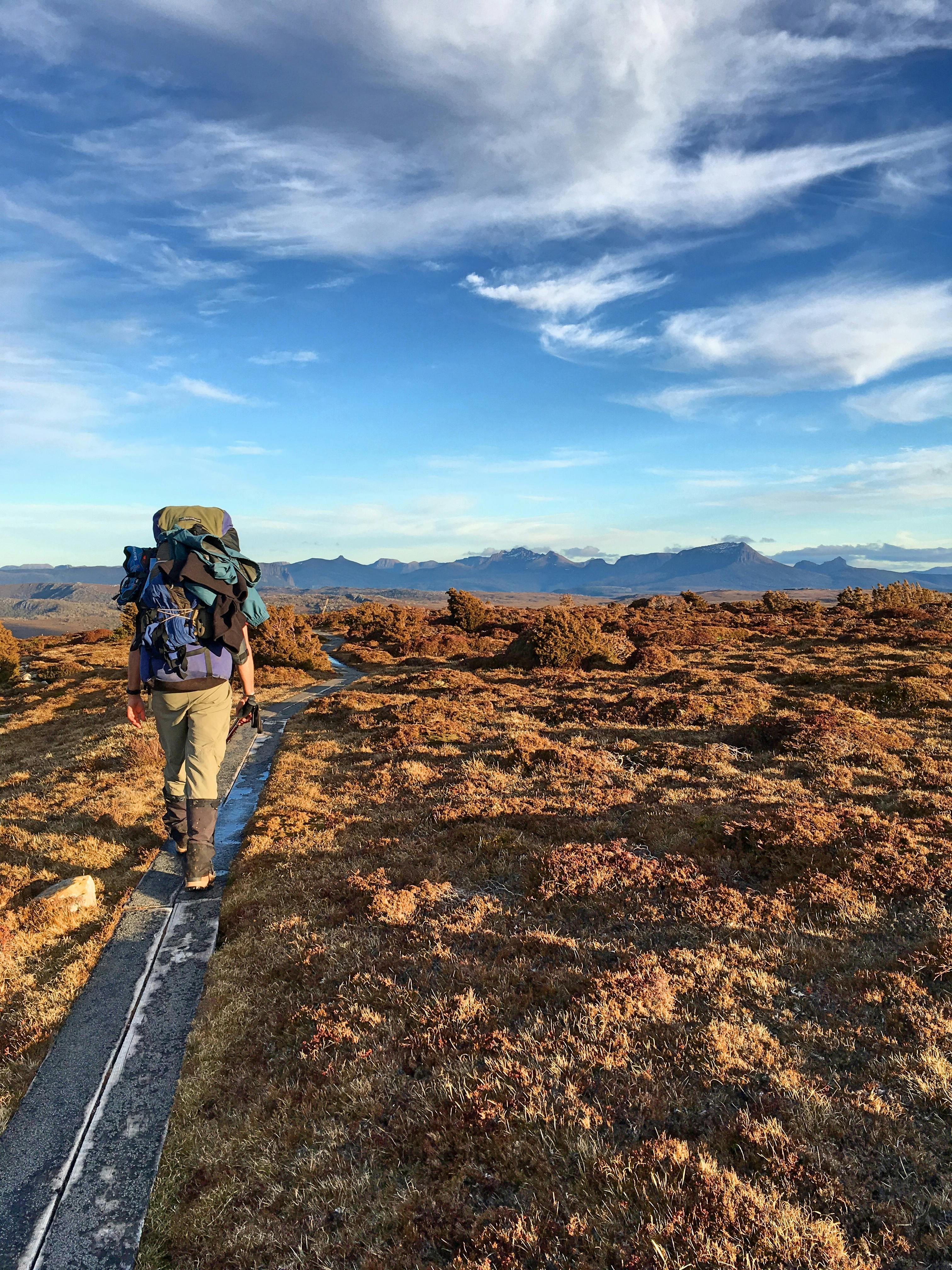Unlearning the Script: From Performance to Emotional Expression

This post was written in my first month in Puerto Vallarta. It reflects my challenges with emotional expression during a particularly difficult period of my journey.
There’s something standing in the way of me truly feeling my emotions and expressing them in front of others.
At first glance, it might seem like I just don’t have the words to express myself. And that’s partly true. My emotional vocabulary is still limited, and I sometimes struggle to understand how different emotions even show up in my body. There’s a disconnect between what’s happening inside and how I express it outwardly—a shaky mind-body connection that makes it hard to share how I feel.
"Because how do I explain something when I don’t even have the language for it?"
But something deeper is unfolding too.
The other week, I became very aware of the disconnect between my emotions and how I express them with others. I was hit with a tidal wave of emotion before therapy: sadness, grief, emptiness, hopelessness. Tears were flowing. I was reliving the hardest part of my final weeks in Mazunte, when things unraveled fast.
And yet, when I spoke about it during the session, I felt nothing: no tears, no tension, but rather a sense of calm. Even a sense of relief in naming it out loud.
It left me wondering:
"Why is it so hard to bridge the gap between what I feel when I’m alone and what I can express in front of someone else?"
The fear beneath the silence
This has been a long-standing pattern for me.
Even in past relationships where I knew I was safe—where I was told, shown, and reminded that I could bring all of me—I still held back. Not always, but often enough to matter. I was afraid of being too much, or not enough; afraid that speaking up might make things worse. I didn’t want to create conflict or be a burden, so I swallowed emotions that should have been expressed. In doing so, I unintentionally created more distance.
And even when I deeply wanted to connect with others, my nervous system defaulted to protection. I’ve been carrying this belief that I have to handle everything on my own for a long time. That if I’m struggling, I need to figure it out myself. But sometimes, I don’t even know what I’m feeling, let alone how to work through it. That’s a heavy expectation to place on anyone, especially myself.
I think a lot of this stems from early attachment wounds: growing up without feeling safe to be who I was. Years of hiding parts of myself, especially around my sexuality, left me carrying a weight of pain and shame I didn’t know how to release. Letting it out would have meant revealing who I really was, and that felt too risky. So I stayed hidden: on high alert, performing, suppressing.
Performing pain instead of feeling it
When I’m alone, I can feel things more freely. There’s no fear of someone misinterpreting it or walking away. No risk of being misunderstood, judged, or dismissed. Just me, in the moment, feeling whatever’s there.
But the moment someone else enters the picture, everything changes.
"Instead of staying in the emotion, I shift into storytelling mode."
I start analyzing, explaining, and giving the polished version of my pain. I go up into my head, because it feels safer there than in my body. And I’ve noticed I do this a lot across different parts of my life:
- In therapy: I prepare detailed notes before each session. In some ways I script what I want to say. It gives me a sense of control—like I’m “ready,” like I can perform the polished version of myself instead of showing up messy, uncertain, and real.
- At work: I over relied on notes in meetings and presentations, opting for polish over presence.
- In intimate conversations: Whether with partners, friends, or family, I often come prepared with a script, a plan, a narrative I want to stick to, rather than just showing up and letting it be raw and human.
Letting my guard down
It’s hard to admit that, but I want to change this. I want to show up unscripted more often. Because I’ve done it before in spontaneous calls with friends or in-person moments where I let my guard down. It feels so much more honest and real.
I don’t just want to understand this pattern, I want to feel through it, because that’s where healing truly happens. Not in the perfect explanation or the clever insight, but through the mess, the pause, the tears, and the breath. In the moments when I stop trying to manage the narrative and simply let it unfold naturally.
I’ve started to do this in therapy. Showing up without any notes and seeing where the conversation and my emotions flow. It felt scary doing so, but it also felt more real. I cried for the first time in therapy recently. This was not a goal of mine, but it’s a powerful reminder of what can happen when you show up unscripted and let your guard down.
Rebuilding safety from the inside out
Somatic work, yoga, and mindfulness are all practices that have helped strengthen my mind-body connection. They’ve helped me become more in tune with my inner world: to better understand, regulate, and express my emotions.
I’m learning that unscripted presence, even when it feels uncertain, is where real connection begins. It’s how I rebuild safety in my body and cultivate trust in being seen as my authentic self.
I’ll have more to say on this in the coming months as I practice unscripted vulnerability and better understand the source of the walls I’ve put up.
But for now, I’m allowing the emotions to flow more freely. At least more often than before.
Have you noticed moments when you put on a “script” instead of showing up fully? What might it feel like to lean into unscripted presence in your own life?
.png)




.png)